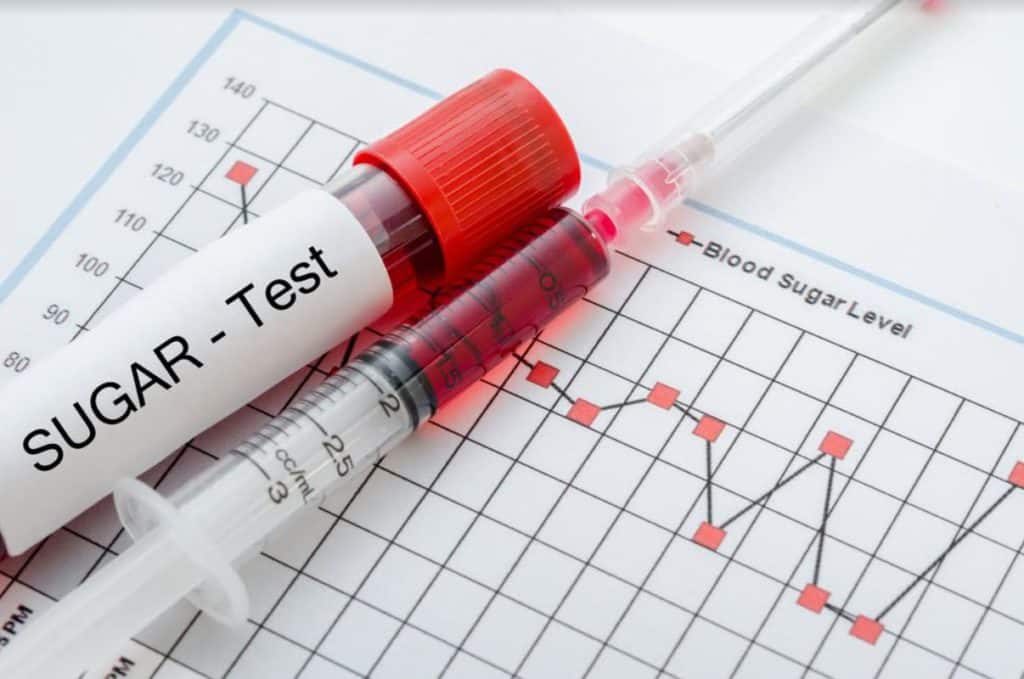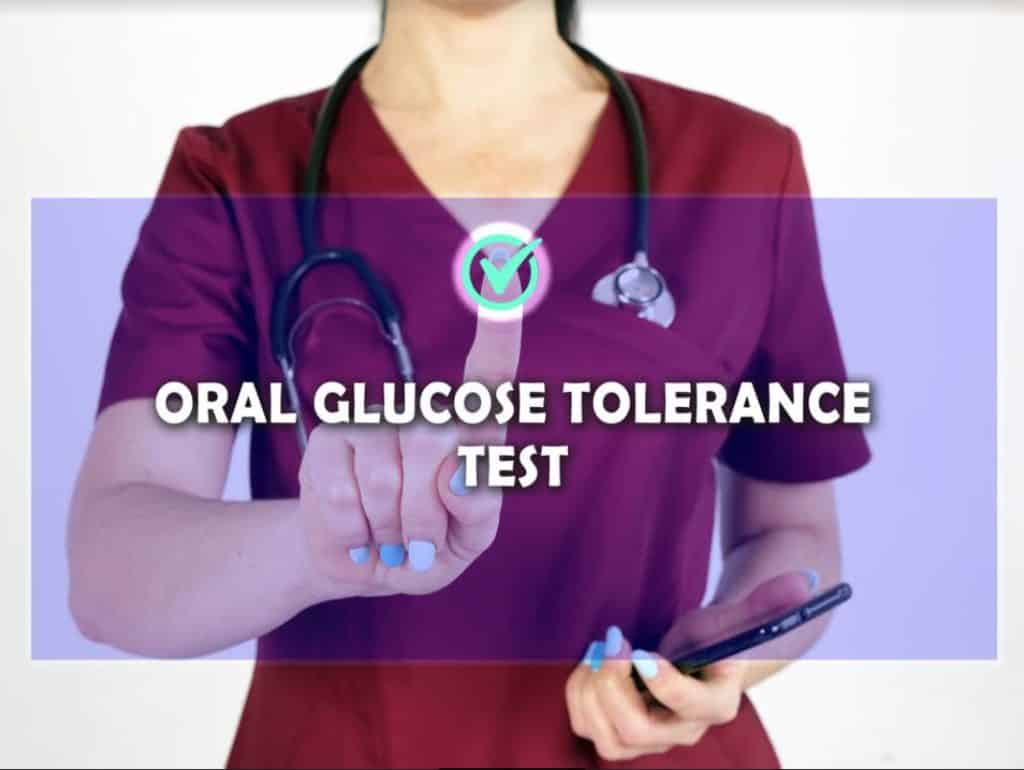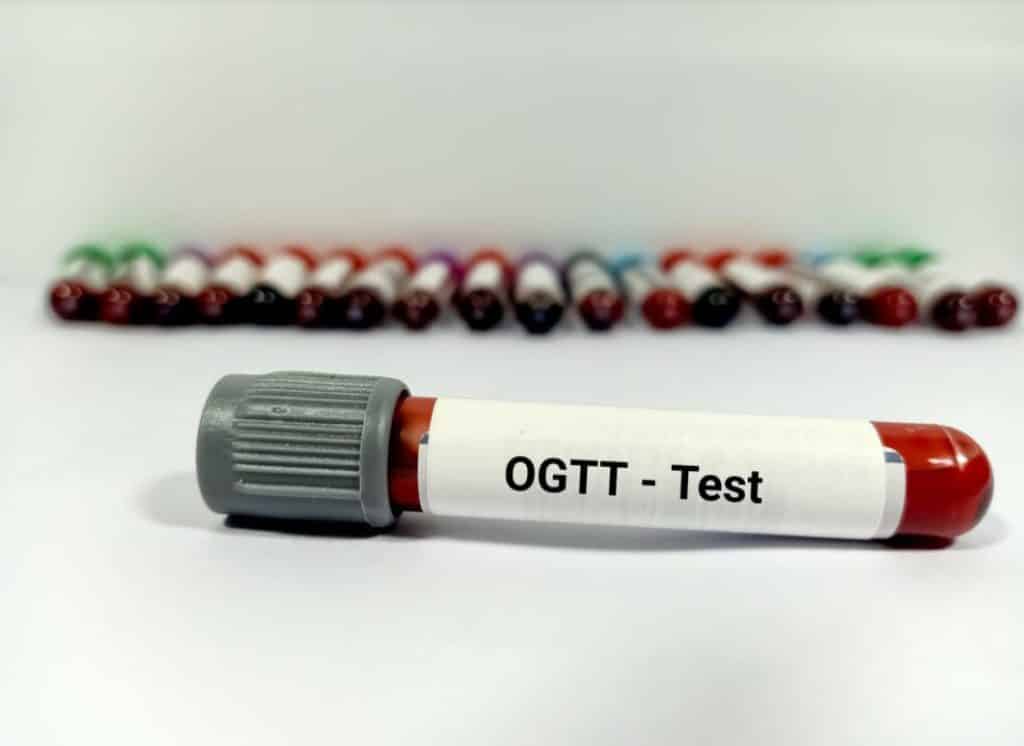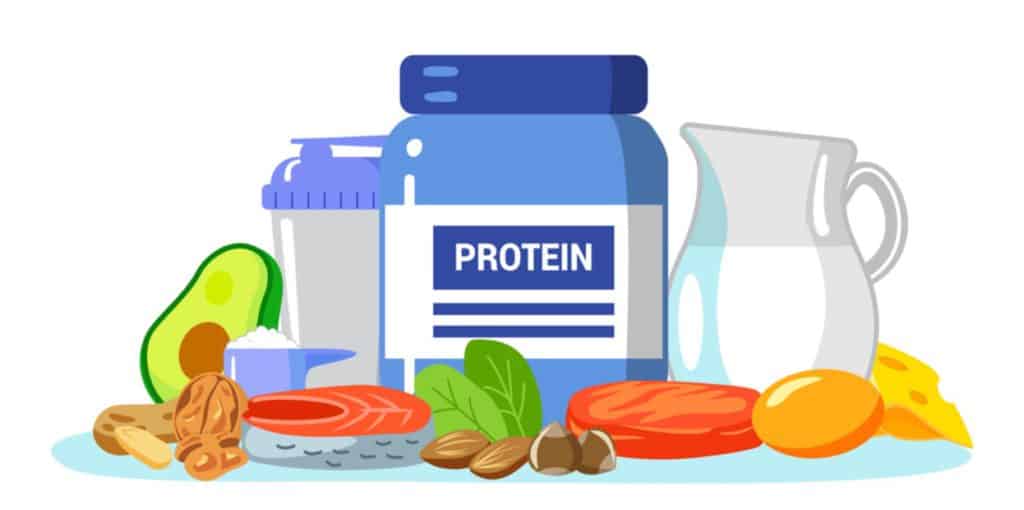Gestational diabetes occurs when a woman is diagnosed with high blood glucose levels during pregnancy. In addition, the risk of developing diabetes after pregnancy is high in women who had diabetes during pregnancy. Thankfully, conducting an effective glucose test and getting the best result would reduce the chances of diabetes after pregnancy. A sure way to achieve this is to know what to eat before the glucose test for the best result.
You can read this article to learn more about gestational diabetes and high blood glucose during pregnancy.
Nonetheless, studies have shown that some of the results obtained when screening for diabetes mellitus are actually false-positive results (A false positive result is a result that comes out to be true when it is actually not true). This is largely due to the kind of foods eaten and the activities engaged in before glucose screening.

In this article, you will find out what an OGTT is, the need for a glucose test, how to prepare for a glucose test, and what you should and shouldn’t eat before a glucose test.
Table of contents
What is a Glucose Test or OGTT?
OGTT simply means Oral Glucose Tolerance Test. It used to be a gold standard for diagnosing diabetes mellitus. In pregnant women, OGTT is still commonly used to diagnose diabetes. This test is done by giving the patient a specific quantity of glucose to take orally and then blood samples are collected at hour intervals for testing.

Why You Need a Glucose Test
It is good for you to do a glucose test, especially during pregnancy.
This is because pregnancy puts you at a higher risk of developing diabetes compared with when you’re not pregnant. It is also good for you to conduct a glucose test to monitor your blood sugar and manage diabetes if you have a previous diagnosis.
Here are some other reasons why a glucose test is important:
- A glucose test helps to identify primarily high or low blood glucose levels. This helps your health care provider to know how best to manage your health.
- A glucose test helps in monitoring the effect of diabetes drugs on blood sugar levels. It tells your health care provider if the medications you are placed on are really helping to lower the blood glucose or if there will be a need to change them.
- It also helps to understand how other factors such as diet, exercise, stress, and illness affect your glucose level.
How to Prepare For a Glucose Test
To prepare for a glucose test, you need to do away with things or activities that may impair your result. These include stress, certain foods, and drugs. Your preparation for the OGTT depends on whether you are going for the 1-hour OGTT or the 3 hours OGTT. The difference between the two tests is the time required for the test and the number of times blood samples will be taken from you.

For the 1-hour OGTT, you’ll be given a glucose-rich liquid, and your blood sample will be taken after 1 hour. Sometimes, more testing may be required and you may be asked to do the 3 hours OGTT. For this test, your blood samples will be taken every hour for 3 hours after ingesting the glucose liquid.
You can prepare for the 3 hours OGTT following the guidelines below:
- Do not eat, drink, smoke, or perform any strenuous exercise for at least 8 hours before the first blood sample is taken.
- For about three days before the test day, eat a balanced diet containing complex carbohydrates. Some of these foods that provide carbohydrates include bread, cereal, rice, fruits, and starchy vegetables such as potatoes, beans, and corn.
- Inform your doctor about all the drugs you are taking – whether they are prescribed or not. This is because some drugs can interfere with blood glucose, thereby interfering with the results. You may be asked to stop those drugs for some days before the test.
What to Eat Before a Glucose Test
What you eat before taking a glucose test is really important, especially when going for the 1 hour OGTT. If you would have to eat at all, go for meals that have very low simple carbohydrates content. This is because simple carbohydrates raise the blood glucose level and may give a false-positive result.
Foods that you can eat before going for a glucose test include good or complex carbohydrates. These foods have a high fiber count, therefore, your body takes a longer time to digest them. They enter the bloodstream slowly and there are no spikes in the blood sugar levels.
Foods rich in complex carbohydrates include:
- Fruits such as apples, watermelon, and berries.
- Whole grains such as oatmeal and whole-wheat bread
- Legumes such as kidney beans, black beans, lentils, and chickpeas.
- Vegetables such as leafy vegetables, green beans, tomatoes, broccoli, and cucumbers.
You can balance your meal with protein-rich foods such as fish, dairy, nuts, and lean meat.

What You Shouldn’t Eat Before a Glucose Test
There are certain foods to avoid when going for a glucose test. This is because they digest quickly and enter the bloodstream. Hence, they have the ability to spike blood sugar levels.
Some of the foods to avoid include high sugar foods or simple carbohydrates (which include refined grains and highly processed foods). These foods include:
- Refined cereals
- Fruit juice
- Pancakes
- Doughnuts
- Cakes
- White bread
- Sugary toppings like jam or syrup
- Muffins etc.
What Happens Next?
The result of your glucose test determines what happens next after the test. If your result comes out good, you will be advised on dietary and lifestyle habits you can engage in to maintain your current blood glucose level.
If the result value falls in the pre-diabetic stage, you may not be placed on any drug to control your blood glucose. This is because, with adequate diet and lifestyle modifications, you can still bring down that blood glucose and prevent it from entering the diabetic value.
If on the other hand, the result value falls in the diabetic stage, further tests will be done to confirm the diagnosis. Subsequently, you will be placed on drugs to put your blood sugar in check.
Conclusion
Gestational diabetes can be screened for and monitored duly using the OGTT. The kinds of food you eat before the test can also affect the values that will be gotten. If in doubt, confirm from your healthcare provider the kind of glucose test you will be doing to help guide your decision on the choice of food to eat.
References
Goh AT, Choy JYM, Chua XH, Ponnalagu S, Khoo CM, Whitton C, van Dam RM, Forde CG. Increased oral processing and a slower eating rate increase glycaemic, insulin and satiety responses to a mixed meal tolerance test. Eur J Nutr. 2021 Aug;60(5):2719-2733. doi: 10.1007/s00394-020-02466-z. Epub 2021 Jan 2. PMID: 33389082.

